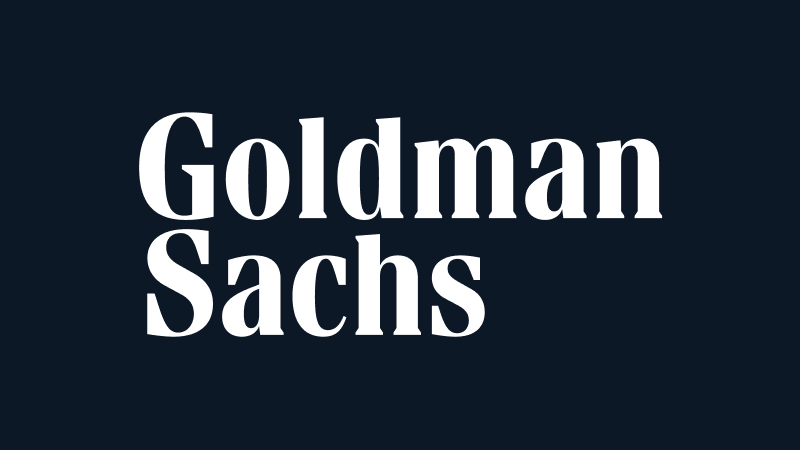Demand to increase for lower-layer catastrophe covers: Goldman Sachs

With attachment points still higher across the global reinsurance and retrocession markets, the effect of retaining more risk on balance-sheet is anticipated to drive an upwelling of demand for lower-layer catastrophe covers, according to analysts at Goldman Sachs.
Whether the capacity will be available to satisfy that demand remains to be seen.
This Goldman Sachs analyst commentary actually came out before the recent reinsurance renewals and so far the broker commentary on the January 1st 2024 contract signings suggest no particularly significant increase in demand for lower-layer risk from capital providers, with most demand targeting mid to higher layers, it seems.
But as re/insurers increasingly call for capacity to protect themselves lower down, for which there continues to be strong demand, we concur with the Goldman Sachs analysts and feel the market is likely, in time, to see innovative reinsurance and retro product structures created and more capital delivered, to provide at least an element of lower-down protection.
Recent experience of the re/insurance market, with a significant burden of catastrophe losses again last year, running at over $100 billion insured, has seen a larger proportion of losses retained and this is likely to accentuate demand going forwards, Goldman Sachs analysts believe.
At the same time, property catastrophe reinsurance rates are certainly nearing rate adequacy, perhaps reached it in some areas, so coverage has not become significantly more expensive at the recent renewals, but reinsurers are still looking to secure more premium growth while the elevated rate environment persists.
Growth had slowed for some reinsurers, as they moved higher up and raised attachments, effectively reducing their deployment to some reinsurance towers. Some have been successful at deploying more capital higher-up, but that certainly hasn’t been the case for everyone.
At the same time, the catastrophe bond market is providing cost-effective competition for cover at the higher-layers, in both reinsurance and retrocession and has grown strongly there.
Which means, for those reinsurers looking to grow at this time, lower-layers could deserve a further look.
We’d also suggest that some insurance-linked securities (ILS) funds, the specialists that write collateralized reinsurance and retro business, are looking to grow and maintain a focus on assuming some of the lower-layer risks, albeit not at the same terms as seen in recent years.
Which means there could be some opportunity for ILS managers and some capacity to soak up some of this demand, but there are structural considerations and it seems this remains a bit of a work in progress, for now.
As the burden on primary insurers has increased, due to higher attachments and reduced availability of aggregate or frequency coverage, the market continues to formulate a response to this and devise ways to provide useful, affordable protections.
As we reported back in October 2023, there have been some concerns over reinsurance protection gaps that have emerged after the withdrawal of capacity for aggregate covers and the elevating of attachment points.
All of which points to a need for innovative solutions to narrow those gaps, while maintaining an alignment between risk cedent and holder.
While the reinsurance and retro market has moved up and away from frequency losses, it needs to continue to serve the role that it has always filled and help primary and reinsurance cedents to navigate and manage volatility, in the most aligned and profitable way it can.
That does mean capital with a focus on the lower-layers can prove particularly attractive and well-compensated, so those reinsurers or ILS funds with an appetite there, have likely done very well (in rate terms) at the January renewals.
We continue to hear of efforts at brokers and some underwriting firms to construct products that can help to fill some of these reinsurance gaps.
We also hear that some ILS funds remain steadfast in their ambitions to continue providing at least some capacity at the lower-layers, feeling they can be extremely well compensated for it at this time.
While the reinsurance market overall has retrenched, to the upper and less frequency exposed layers and structures, we are likely to see a slow shift back down as terms come into alignment and show sign of being more sticky.
That could help more of this demand for lower-layer catastrophe covers to be satisfied in time, but we don’t expect a significant swelling of lower-layer capacity for the next renewals, just some pockets of helpful capital that will meet the needs of the underwriters with the best track-records and longest standing partnerships.
We plan to discuss this topic, among others, at our upcoming ILS NYC 2024 conference in New York. Join us on February 9th, register here.






